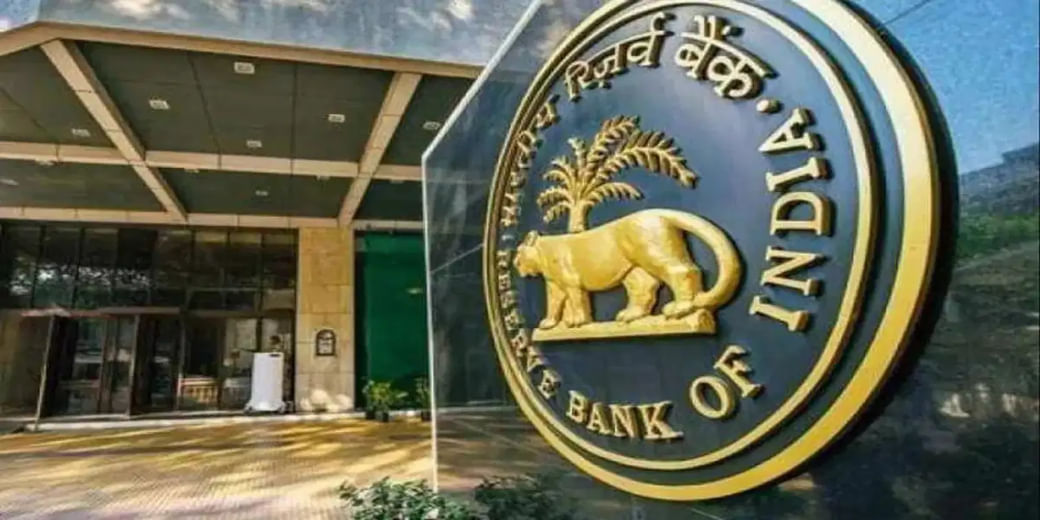Global bond play can help manage CAD: IMF
India's inclusion in the international bond indices would result in higher foreign participation in the country’s bond market and prop up the current account deficit in the medium term, says the IMF

India’s inclusion in the global bond indices would help it manage CAD in medium term: IMF
India’s much-anticipated inclusion in the international bond indices received a boost with the International Monetary Fund unequivocally saying that it would result in higher foreign participation in the country’s bond market and prop up the current account deficit in the medium term, the Business Standard has reported. The IMF also said that volatile portfolio investments are very sensitive to changes in global financial conditions and country risk premia.
A few factors have helped India’s cause in this matter. One, the country’s macroeconomic stability is well recognised. Two, index managers like J P Morgan and FTSE kept India on their watchlist of countries that could be included in the bond index for several months. Another boost has come from a completely unexpected quarter – the Ukraine-Russia war due to which Russia was thrown out as an economic punishment by the west for its aggression. India is ideally placed as an emerging market economy to replace Russia.
In fact, the Union finance ministry is not keen to provide any tax incentive such as rationalisation of capital gains tax for inclusion of government securities into global bond indices. If India is included in the global bond index is could also exert pressure on the government to adhere to fiscal discipline so that its bonds retain investment grade and don’t slip in status.
The IMF said in a report that India’s trade and capital account regimes have been quite restricted though the country has made some progress in external trade promotion and in liberalising foreign direct investment and portfolio inflows.
“During FY23, Indian authorities made further steps toward capital account liberalisation by further increasing limits on external borrowing and widening the scope of government bonds available for foreign investors. While FDI inflows covered a part of the CAD in FY23, further structural reforms and improvement of the investment regime to promote FDI are needed,” IMF added.
According to the IMF, the current account deficit of India is set to shrink this financial year. While it was 2% of the GDP in FY23, it could reach 1.8% of the GDP in FY24. The reducing oil import bill and the services export could contribute to it. However, it is expected to rise to about 2.4% of the GDP over the medium term.
“In the near term, the government’s additional infrastructure spending will contribute to raising the CAD, thereby reducing the positive current account gap. To facilitate external rebalancing over the medium term, fiscal consolidation, development of export infrastructure, and negotiation of free trade agreements with main trading partners to provide a sustainable boost to exports of goods and services should be accompanied by further investment regime liberalization and a reduction in tariffs, especially on intermediate goods,” the IMF report said.
“Structural reforms could deepen integration into global value chains and attract FDI, hence mitigating external vulnerabilities. Exchange rate flexibility should act as the main shock absorber, with intervention limited to addressing disorderly market conditions,” IMF said in its report.